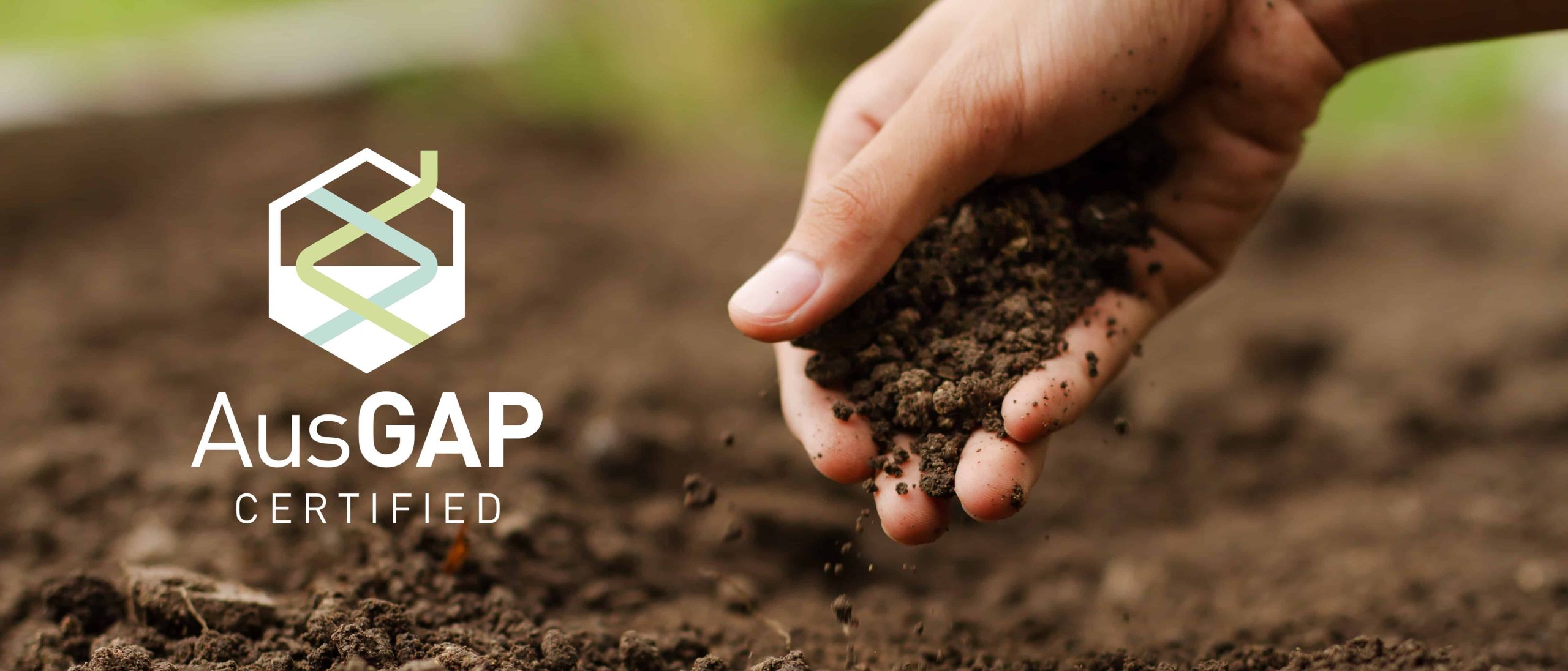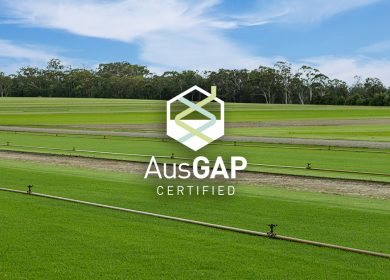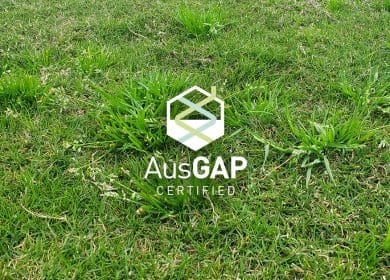Soil Types and what they mean for your lawn

Australia has many, varied soil types and the type that you have in your garden can have a big impact on your lawn. Identifying, treating, and improving your soil type is easy and can have huge benefits in the health and appearance of your garden.
Making sure you understand your soil profile is important as having good, healthy and well-draining soil will save you time and frustration in the long run. Today we’re going to look at the 3 main types of soil in Australian gardens and how they affect your plants and grass. We’ll also explore how to best identify what you currently have lurking under your grass.
Sandy-Loam soil
Generally sitting around 30% loam, 70% sand this is the jackpot of soils if you happen to have it at home. For the most part what sits above this type of soil profile will be healthy. Stick to your standard lawn maintenance programme as recommended by your local turf producer and you shouldn’t have to worry about much else.
Sandy Soils
If you live close to the coastline – lucky you- then the chances are you have a sandy based soil profile. Sandy soils can be great for establishing lawns, however too much sand and they won’t retain much water and your lawn and plants can easily dry out quicker. Available from most quality nurseries and in Bunnings are what are commonly referred to as wetting agents. These will help your sandy soil retain moisture from rainfall or irrigation.
Clay – Loam and Clay Soils
Heavier soils such as loam, clay loam or clay have less space and air between the soil particles. The more clay content in the soil the less space and air between the particles become less which means more water will stay within the soil reducing the downward movement of water. These soils hold more water, therefore need less watering. However, this type of terra firma can sometime cause an issue with compaction. Making sure you aerate once a year, followed by a dose of aeration and Gypsum will help improve the profile and will have big benefits for your lawn. It can also help in your garden beds for those plants that don’t like to have wet feet.
How Do I Know What My Soil Type Is?

The easiest way to test what type of soil you have is by placing a small amount of earth in the palm of your hand and then adding enough water to make it into a pliable ball. The following outcomes will determine the soil type:
- If the soil won’t form a ball, doesn’t stain your hands and has a gritty feeling, it is sand based.
- If it forms into a ball that can be rolled into a cylinder that breaks when gently bent and has a gritty feeling, it is sandy loam.
- If the soil forms into a ball that can roll into a cylinder that doesn’t break when gently bent and doesn’t feel gritty, silky or sticky, it is loam.
- If the soil is like loam, feels sticky and can made to have a smooth outer layer, it is clay loam.
- If the features are sticky, with a very smooth outer later, sticking together stronger than anything else, it is clay.
Understanding your soil plays a big part in how you care for your turf and will maintain the long-term health of your lawn. If you are laying a new lawn, you of course have the opportunity to make better improvements by removing around 100mls of existing soils and replacing it with one recommended by your local landscape yard or turf producer. Once you are happy you have the correct balance, then it’s time to contact your local producer of AusGAP Certified Turf and you will have a beautiful lawn for life.


